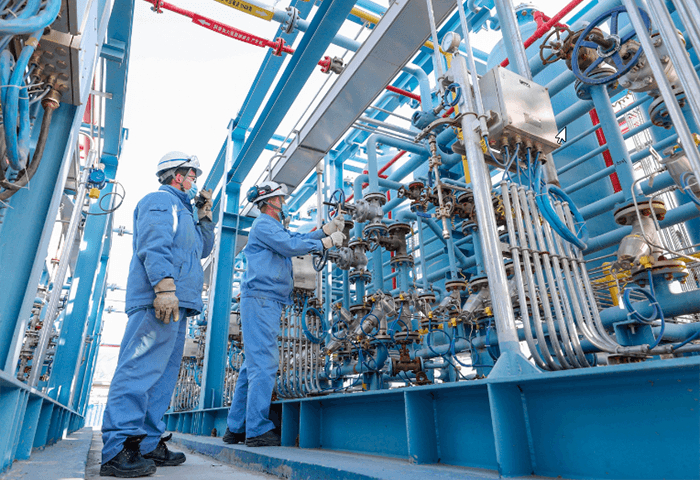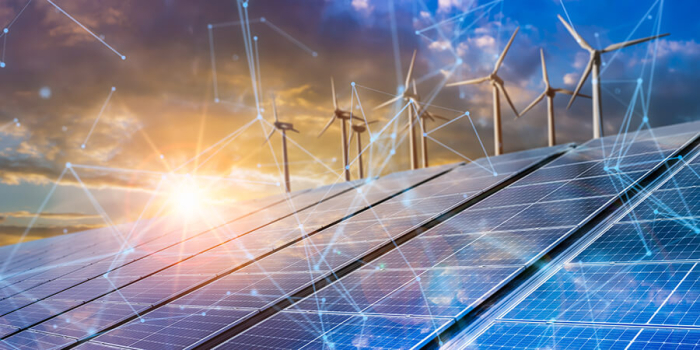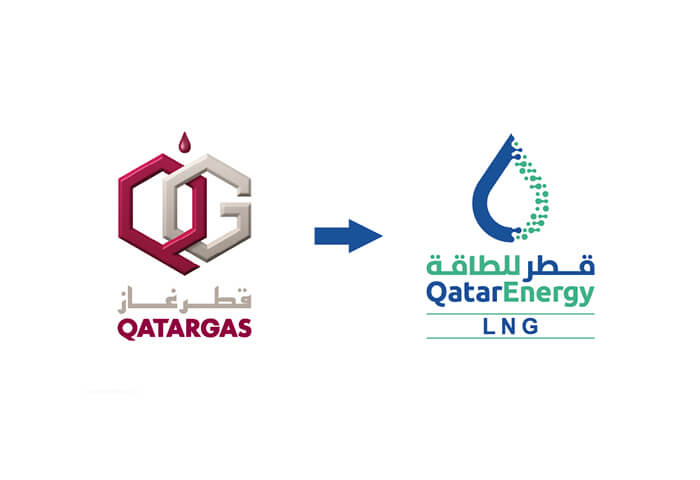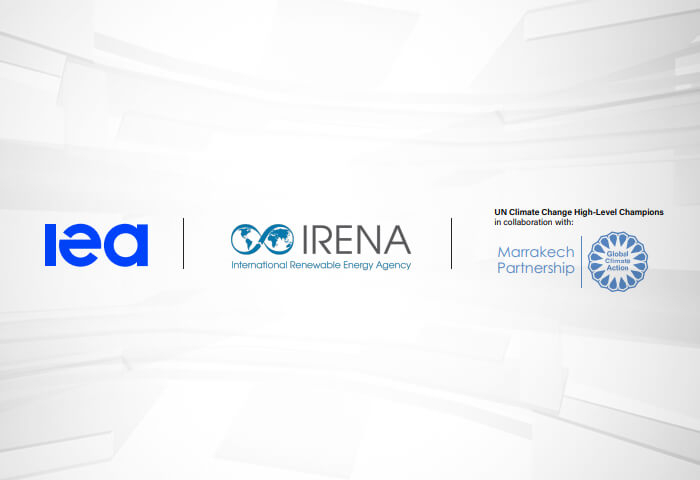Electrolysis is the process of using renewable electricity to split water into hydrogen and oxygen. This reaction takes place in a unit called an electrolyser.
China's installed electrolyser capacity has jumped significantly in recent years, and is expected to reach 1.2 gigawatts – 50% of the global capacity – after having accounted for just 10% of the global capacity in 2020. More than 40 countries worldwide have set out national hydrogen strategies to date but. However, installed capacity and volumes remain low as developers wait for government support before making investments.
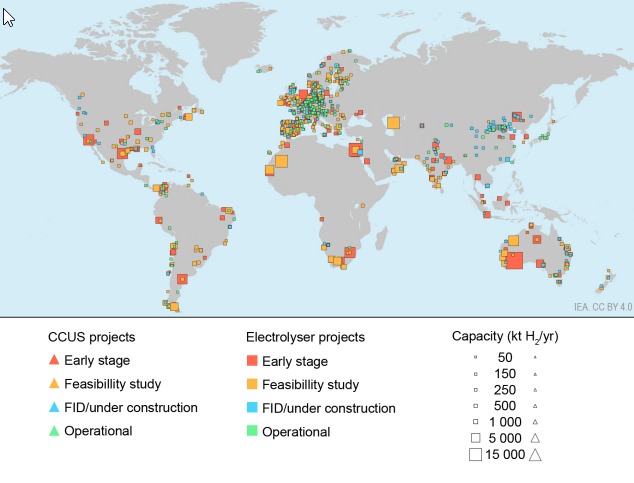
Map of announced low-emission hydrogen production projects
With the global push for green energy transition, electrolysers are becoming essential to replace traditional methods of producing industrial hydrogen. These have relied on polluting methane gas in a process linked to the petrochemical industry which is inexpensive but results in greenhouse gas emissions.
Also read: ‘Green Hydrogen Will Be More Competitive and Widely Used Globally’
The production of low-carbon hydrogen could reach 38 million tons by 2030 as long as all projects that have been announced are implemented, according to the IEA.
Against the backdrop of a global energy crisis, high inflation and supply chain disruptions, new projects face rising costs that threaten long-term profitability, notes the report. "Several projects have revised their initial cost estimates upwards by up to 50 percent," it said.
IEA is also concerned about the slow replacement of traditionally produced grey hydrogen for green hydrogen worldwide.
Fatih Birol, IEA executive director said, “…but a challenging economic environment will now test the resolve of hydrogen developers and policymakers to follow through on planned projects.”
The report notes that the uptake of low emissions hydrogen remains very limited, accounting for only 0.6% of total hydrogen demand. As a result, hydrogen production and use in 2022 released some 900 million tons of CO2 to the atmosphere.
Separately, UAE aims to produce 1.4 million tons of hydrogen annually by 2031 and expects the figure to increase tenfold to 15 million by 2050, according to industry officials.
Also read: ADNOC, Global Partners Collaborate to Drive Hydrogen Economy

